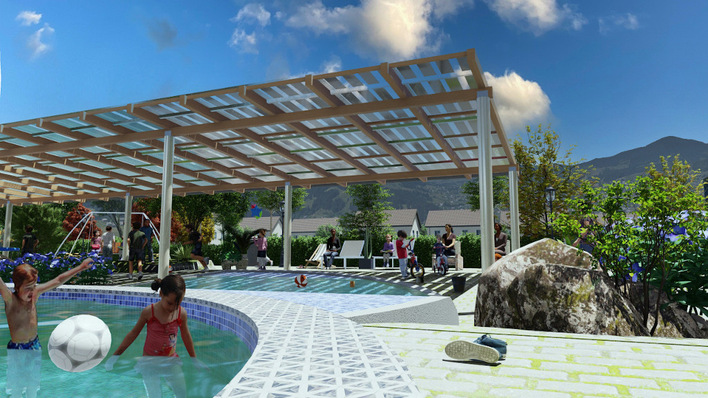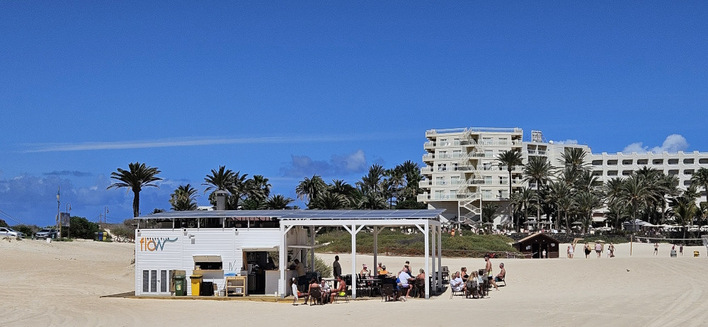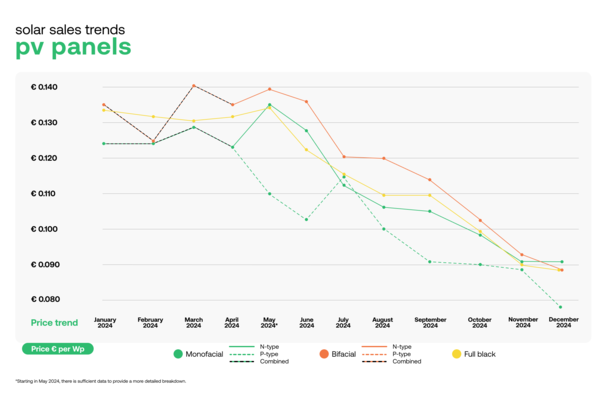Walburga Hemetsberger, Head of Solarpower Europe, is optimistic. After all, photovoltaics is on the fast track and, according to the forecasts of the study by the industry association "A 100% Renewable Europe", will be the mainstay of power supply in the "old continent" in 2050 with a share of 60 percent. At least 40 percent of final energy consumption in Europe must be covered by renewables by 2030, according to the specifications from Brussels, in order to achieve the more stringent climate protection targets. According to calculations by Solarpower Europe, this will require an increase in installed PV capacity to 660 GW within this decade, almost four times the current level.
For this reason alone, Hemetsberger sees "strong momentum" for the renaissance of PV production in Europe, as she recently emphasized at the "High Level Industry Forum" of the Intersolar Europe Restart 2021 trade fair in Munich. Strong drivers for this are the current turbulence in global supply chains, a problematic one-sided dependence on imports from Asia and China, increased transport costs, and the discussion about the CO2 footprint of products and the working conditions in their manufacture.
European Solar Initiative backed by the EU Commission
Hemetsberger is also hopeful that both EU Industry Commissioner Thierry Breton and EU Energy Commissioner Kadri Simson support the "European Solar Initiative" initiated by the industry association at the beginning of 2021. The goal is to build 20 GW of production capacity for solar PV technologies in Europe by 2025, contribute €40 billion annually to value creation, and create 400,000 new direct and indirect jobs. Hemetsberger considers it a breakthrough at the political level that the EU Commission recognized the Solar Initiative as a key element in its updated industrial strategy in May 2021.
See our videos about new products from our pv Guided Tours 2021
In any case, the challenge is great, since the majority of solar production migrated from Europe to Asia a good ten years ago. Around 90 percent of all solar modules and solar cells, as well as most of the preliminary products, are now manufactured cost-effectively on a large scale in Asia, especially in China. So far, all attempts by local producers to establish a competitive solar module for the mass market have failed, states Martin Schachinger, managing director of the PV Xchange trading platform. Even the introduction of EU tariffs on the import of solar cells and modules from China from 2013 to 2018 could not save the domestic industry Thus, the total manufacturing capacity of crystalline solar cells in Europe at the end of 2020 was just 0.65 GW, of solar modules 6.25 GW and of ingots and wafers 1.25 GW.
Something is moving
But now something is moving. In May 2021, for example, the Swiss company Meyer Burger inaugurated two production facilities in eastern Germany (Saxony-Anhalt and Saxony) with an annual capacity of 0.4 GW of solar cells and 0.4 GW of solar modules. Expansion to 5 GW is planned by 2026 and up to 3,500 direct jobs are to be created. In September, Solarwatt commissioned a new glass-to-glass solar module manufacturing facility in Dresden, Germany, with an annual production capacity of 0.3 GW. NexWafe, a startup based in Baden-Württemberg, Germany, recently announced plans to mass-produce low-cost silicon wafers at the former Solar Valley in Bitterfeld-Wolfen. The company says it has developed a process that reduces silicon loss during wafer production by 90 percent. Already last year, NorSun, a Norwegian producer of monocrystalline silicon ingots and wafers, increased its annual production capacity from 0.45 GW to 1 GW. By 2024, the company aims to expand to 4 to 5 GW.
According to Solarpower Europe, there are currently eight gigawatt-scale solar cell and module production projects in Europe. These include the Greenland Gigafactory in Andalusia, Spain. Founded in spring 2021, the company aims to build a highly automated, integrated PV production facility with an annual capacity of five GW within the next two years. The Fraunhofer Institute for Solar Energy Systems ISE in Freiburg is providing consulting support for the project. Factory planning and design will be supported to a large extent by Bosch Rexroth.
Greenland Gigafactory in Seville
According to Fraunhofer ISE, the choice of technology for the company's launch was based on the current state-of-the-art technology, as this is the only way to quickly build up production to a capacity of 5 GW. The focus is on monocrystalline silicon wafers in the M10 format for Passivated Emitter and Rear (PERC) solar cells, which are to be installed in multibus-connected half or triple cell modules with an output of at least 540 W. The Giga-Fab is to be set up at the Fraunhofer Institute for Solar Energy Systems (Fraunhofer-ISE). The Greenland Gigafactory is to be built in a free trade zone of the port of Seville.
"Together, we are creating a highly innovative, fully flexible and fully networked factory of the future in Seville for the promising solar cell market in Europe," says Thomas Fechner, Head of New Business at Bosch Rexroth, optimistically. Fraunhofer ISE Institute Director Andreas Bett sees the project as a further signal from European companies and investors who have recognized that now is the time to bring both technological and industrial sovereignty back to Europe.
Challenge to scale up vertically integrated production
However, the decisive factor here is likely to be whether it is possible not only in Seville to scale up vertically integrated PV production and also to procure the necessary precursor products, be it silicon or solar glass, as far as possible with short distances and in large quantities at competitive prices. This was an important conclusion of the Industry Forum at Intersolar.
Photovoltaics "made in Europe" with short distances will in any case benefit from the increased proportion of transport costs. For modules, as well as for subcomponents, this is now already around 10 percent, as a study by Fraunhofer ISE from 2019 states. And if fuel prices and CO2 prices continue to rise, this cost factor will become even more significant. (hcn)
See also: Solar modules







